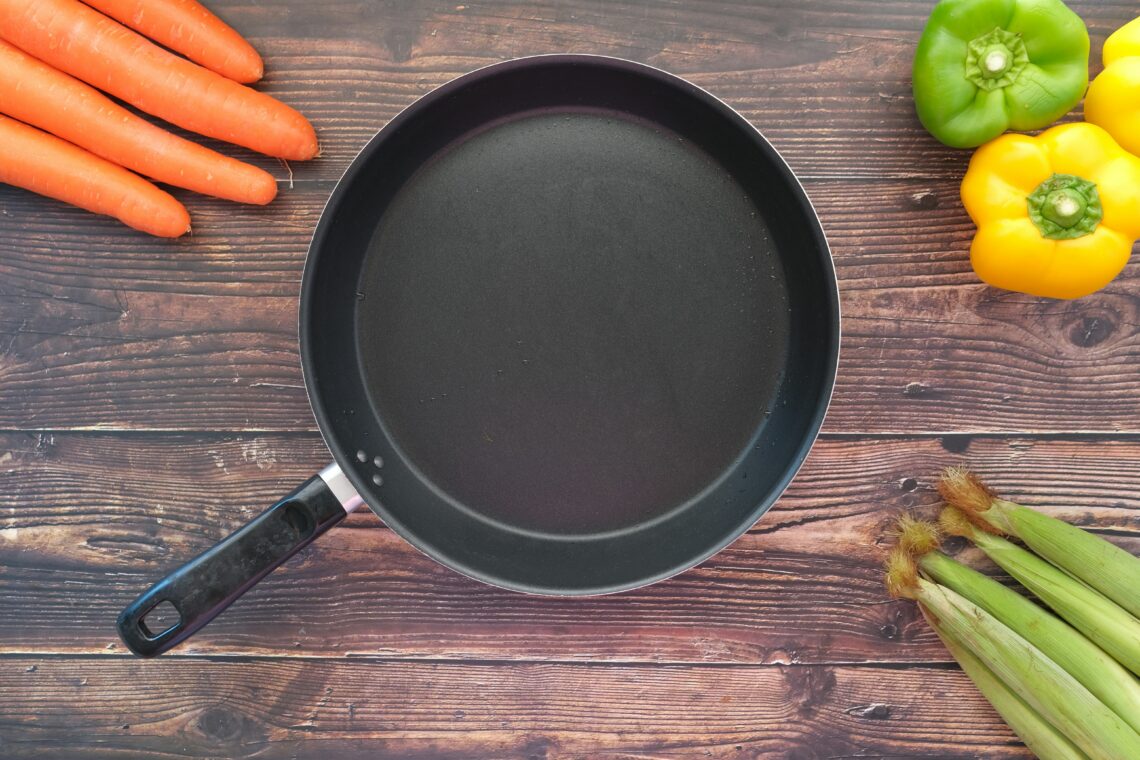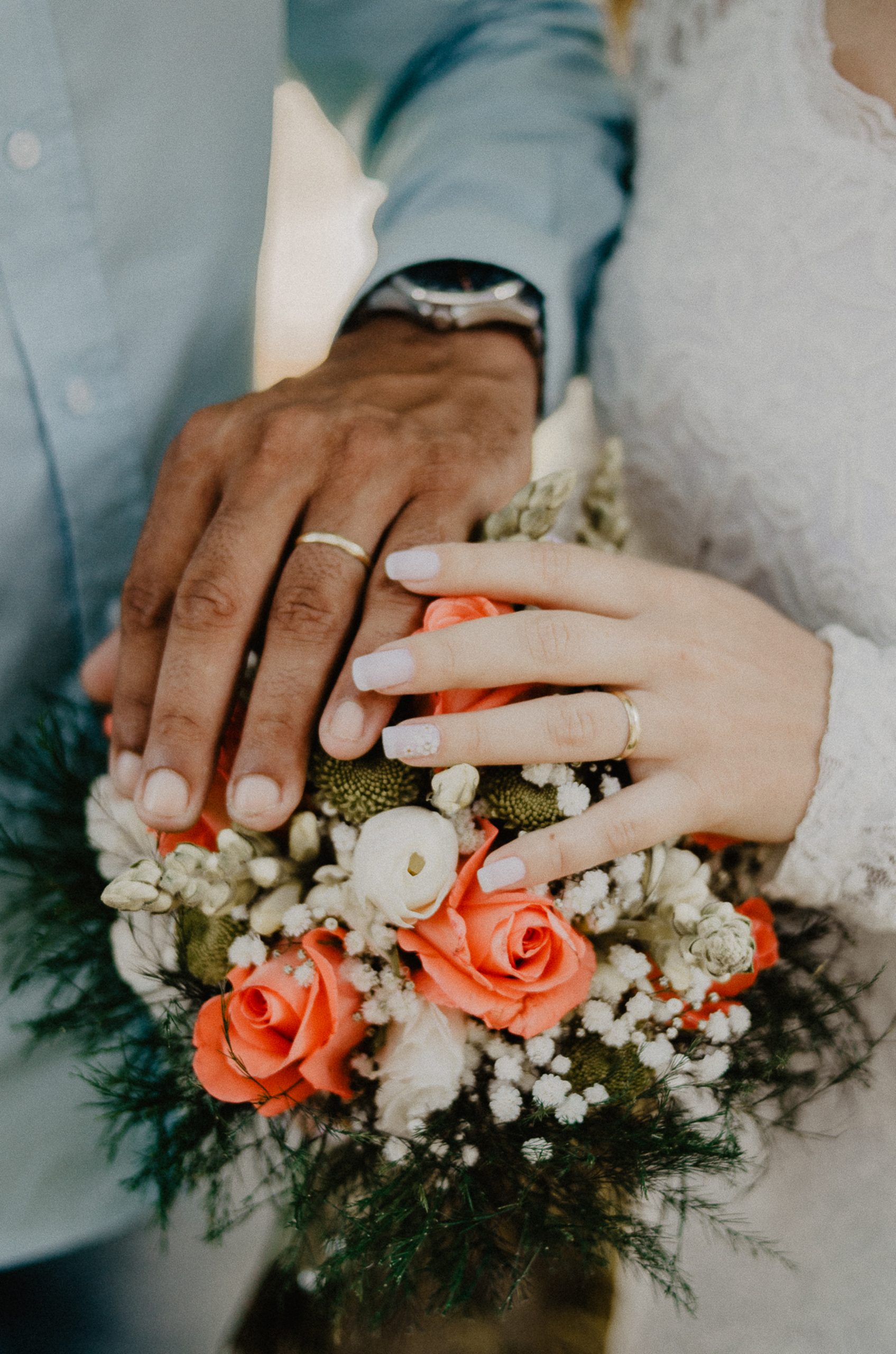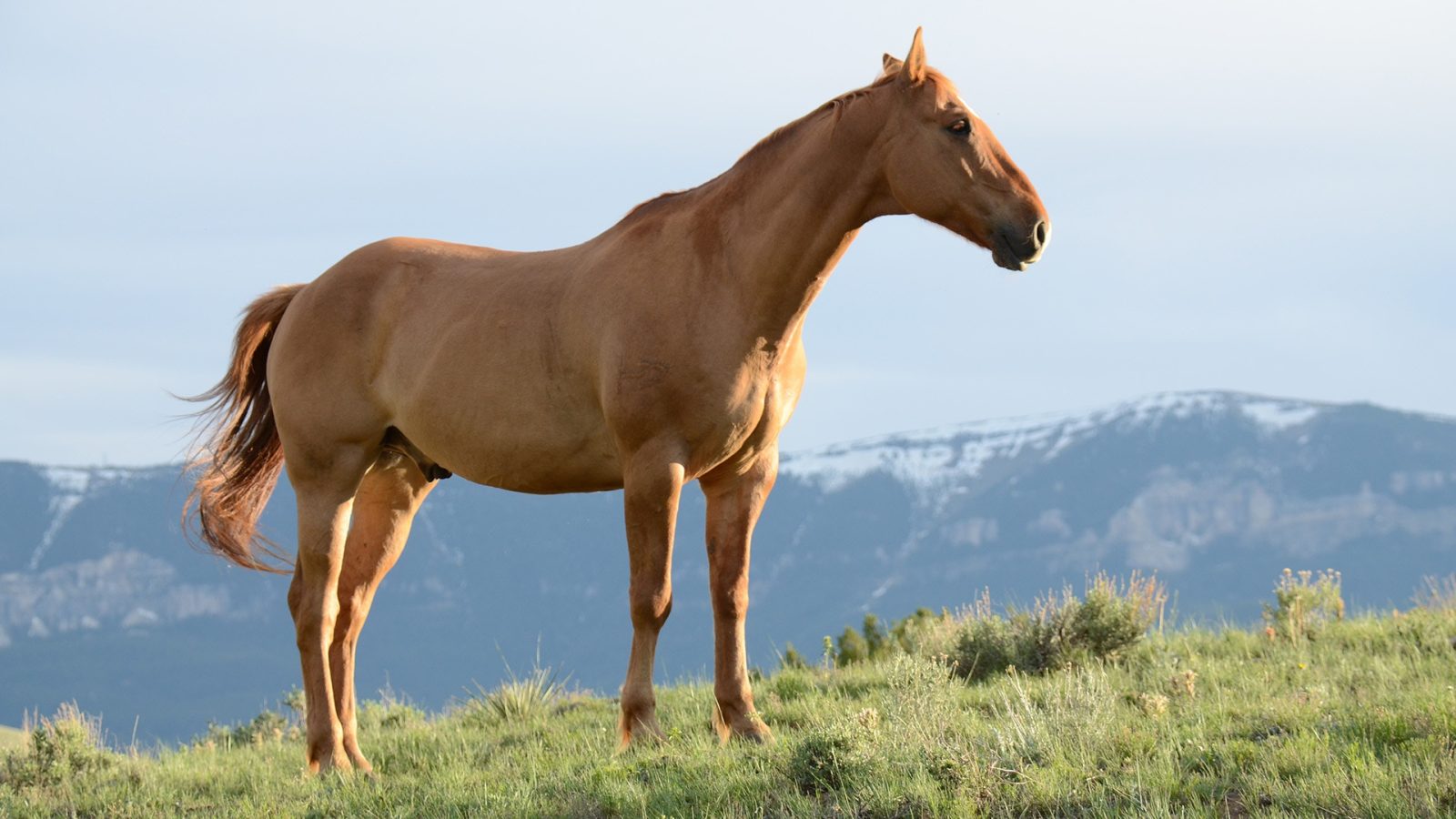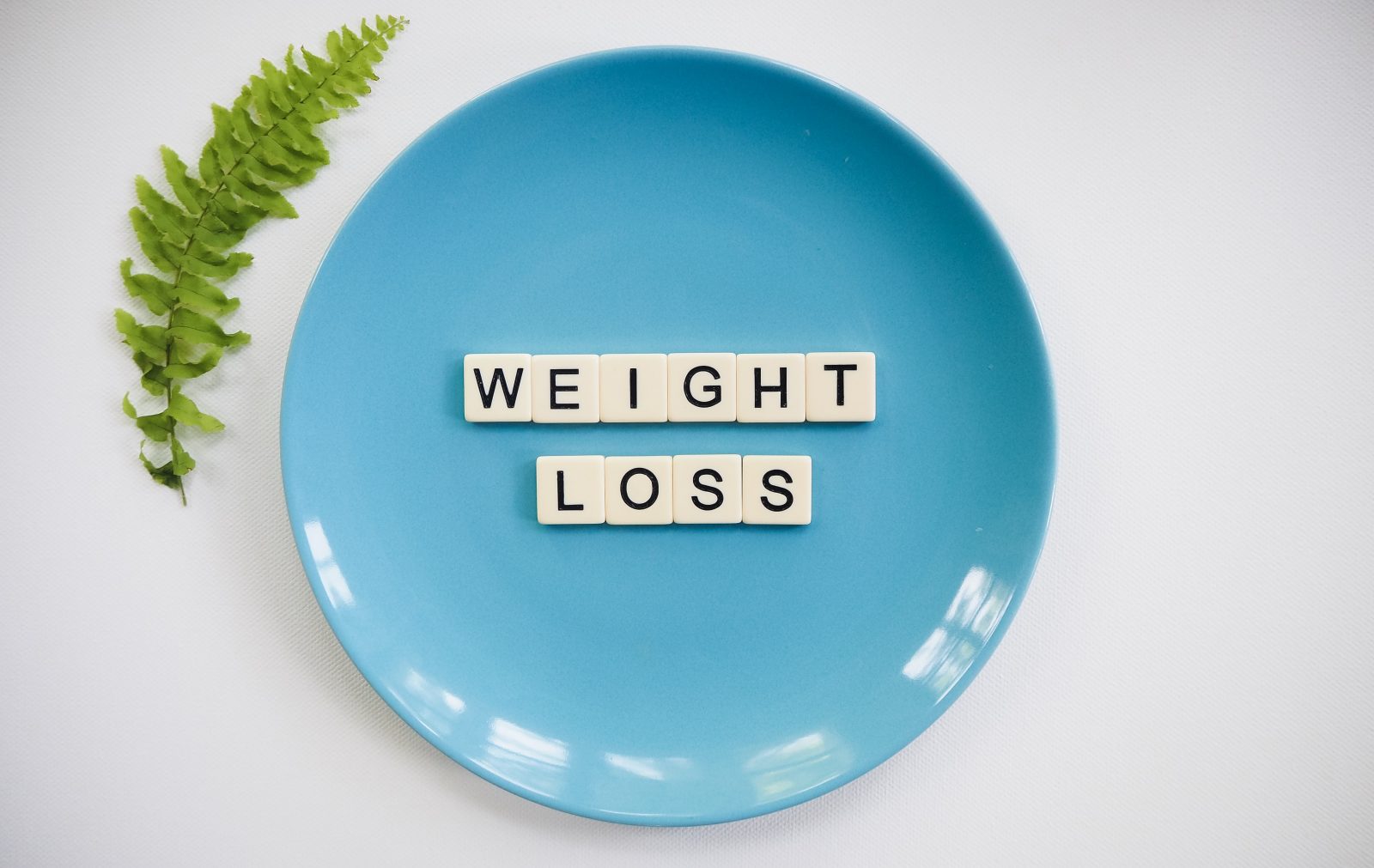A good frying pan is supposed to make your cooking sessions easier and definitely not frustrating. But if you find yourself struggling with food sticking, scrubbing endlessly, or replacing your pan every few months, there are some fixes you need to do in your cooking and cleaning methods.
It is true that, unlike cast iron pans, non-stick pans don’t last forever, but with proper care, they can still last for a good 4-6 years. The problem isn’t always the quality of the pan, but it is often how you use and clean them. If you are tired of wasting money on new pans every few months and spending extra time cleaning up after meals, this guide will help you get the most out of your non-stick frying pan.
Why Do Non-Stick Pans Wear Out So Quickly?
Many people think it is time to get a new frying pan as soon as they notice that their food is starting to stick or the coating looks worn out. But in most cases, everyday habits cause damage.
- Cooking on high heat is responsible for breaking down the coating.
- Metal utensils create tiny scratches that grow over time.
- Harsh scrubbing or dishwashers strip the non-stick layer.
- Cooking sprays leave behind a residue that won’t wash off.
Do you want to avoid these mistakes and make your frying pan last much longer? Keep reading and incorporate the simple tips we have discussed below.
Cooking the Right Way: Small Changes, Big Impact
How you cook plays a big role in how long your non-stick frying pan stays in good shape. A few small changes can make a big difference.
Keep the Heat Low to Medium
Remember that non-stick coatings cannot survive extreme heat for too long. If you are in the habit of cooking on high heat, be it for reduced cooking times or making high-flame dishes, the coating will break down faster. Stick to medium or low heat to protect the pan unless you absolutely need to cook on high heat. If you need high heat, it is also better to use a stainless steel or cast-iron pan instead.
Choose the Right Utensils
Are you guilty of using metal utensils, forks, and knives while using a non-stick frying pan? If yes, note that these objects can scratch the surface of the pan, even when you are careful. It might not seem like a big deal at first, but over time, they cause the coating to peel. Stick to using wooden, plastic, or silicone utensils instead designed for these pans.
Don’t Just Use Any Oil
If you thought that all oils work well with non-stick pans, it is a misconception. Moreover, cooking sprays might seem convenient, but even they leave a sticky layer that builds up over time. Instead, use oils that have a high smoke point, such as vegetable, avocado, or sunflower oil.
Don’t Preheat an Empty Pan
While this can hold true for iron and cast iron pans, heating an empty non-stick frying pan for too long can cause its coating to wear out. Always add a little oil, butter, or food before turning on the stove.
Cleaning Without Ruining the Coating
No one likes scrubbing pots and pans once you have had a hearty meal and all you can think about is sleeping in your warm bed now. But if you are not cleaning your frying pan the right way, you could be damaging it without realising it. Here are some things to remember:
Skip the Dishwasher
Even if your frying pan says “dishwasher safe,” we suggest you hand wash it. The heat and harsh detergents in dishwashers wear down the non-stick coating faster.
Let It Cool Before Washing
Rinsing a hot pan with cold water might seem harmless, but it can cause warping. This makes the frying pan uneven, so heat doesn’t distribute properly when you cook. Always let it cool before washing.
Use a Soft Sponge and Mild Soap
Abrasive scrubbing pads, steel wool, or rough sponges will damage the pan’s coating. Instead, use a soft sponge with warm, soapy water. It’s all you need to keep the pan clean without ruining the surface.
Don’t Scrape Stuck Food
Sometimes food can stick to the surface of the pan, and it is natural to have the urge to scrape it off with a spoon or knife. But avoid this at all costs. Instead, fill the pan with warm water and let it soak for 10–15 minutes. The food will loosen up, and you can wash it off easily.
How to Store Your Frying Pan to Avoid Damage?
While people still consider using the right cleaning and cooking techniques for frying pans, many miss out on how to store them correctly.
- Avoid stacking directly: If you need to stack, place a soft cloth or paper towel between pans to prevent scratches.
- Hang your pan if possible: This avoids unnecessary wear on the coating.
- Make sure it’s completely dry before storing: Moisture can damage the base and cause rusting in some pans.
- A little care when putting your frying pan away can prevent damage and keep it in good condition for much longer.
How to Know When It’s Time to Replace Your Frying Pan?
Even if you take good care of your frying pan, after a few years, you may need to replace it. Here are a few signs that it’s time to get a new one:
- Food sticks even after cleaning: If nothing helps, the coating is likely worn out.
- You see scratches or peeling: A damaged coating won’t work well and could be unsafe.
- The base is warped: If your pan doesn’t sit flat, it won’t heat evenly, making cooking difficult.
Final Thoughts
A non-stick frying pan can be a helpful utensil for people who want to eat low-fat food. Just taking care of it in better ways can make it last longer without you needing constant replacement. Cook at medium or low heat, use wooden or silicone utensils, hand wash with a soft sponge, and store it properly to avoid scratches. These small changes can make your frying pan last much longer, saving you money and time spent scrubbing.
Read more lifestyle articles at ClichéMag.com
Images provided by Deposit Photos, BingAI, Adobe Stock, Unsplash, Pexels, Pixabay & Creative Commons




